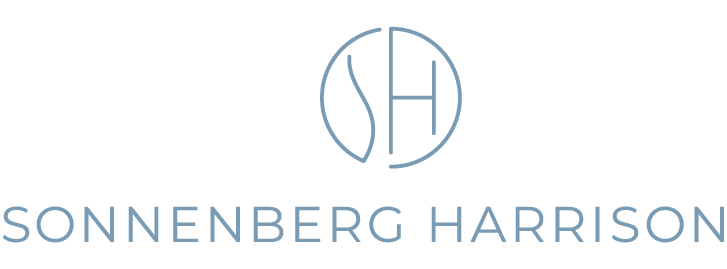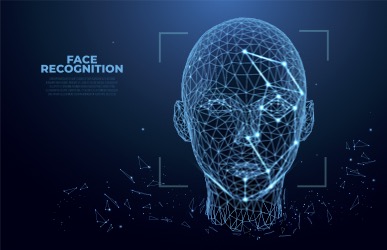In 2019, the US Patent and Trademark Office drafted detailed guidance for the patent software invention. The 2019 Revised Patent Subject Matter Eligibility Guidance included one example (no 39) which was directed towards a method for training a neural network for facial detection. The example was very simple – the invention was directed to a computer-implemented method of training a neural network for facial detection – but it gives an excellent basis for claiming other AI-based inventions.
The sample claim read as follows:
A computer-implemented method of training a neural network for facial detection
comprising:
collecting a set of digital facial images from a database;
applying one or more transformations to each digital facial image including mirroring, rotating, smoothing, or contrast reduction to create a modified set of digital facial images;
creating a first training set comprising the collected set of digital facial images, the modified set of digital facial images, and a set of digital non-facial images;
training the neural network in a first stage using the first training set;
creating a second training set for a second stage of training comprising the first training set and digital non-facial images that are incorrectly detected as facial images after the first stage of training; and
training the neural network in a second stage using the second training set
In their analysis of the claim, the US PTO stated that the claim fell into one of the so-called statutory categories set out in Section 101 of the US Patent Code. The claim recited a series of steps and was, therefore, a process.
In the next step, the US PTO looked at whether one of the so-called judicial exceptions was recited in the claims. Judicial exceptions are patent applications with subject matter that the courts in the United States have found to be outside of, or exceptions to, the four statutory categories of invention. These judicial exceptions are limited to abstract ideas, laws of nature and natural phenomena (including products of nature). More detailed examples of such judicial exemptions are given in this list.
The above claim included not mathematical relationships, formulas or calculations. It is true that some of the claim limitations may be based on mathematical concepts. However, these mathematical concepts are not recited in the claims.
The claim also did not recite a mental process. The steps of the claim are not practically performed in the human mind.
Finally, the claim did not recite any method of organising human activities, such as a fundamental economic concept, or managing interactions between people.
It is not just the drafting of the claims that can be challenging in protecting an AI invention. It is also necessary to draft a patent specification that describes the AI invention in detail. The best descriptions involve setting out the problem in the prior art that the inventor(s) needed to solve with their invention, describing the improvement in detail, and how the improvement overcomes the problems experienced in the prior art. Finally, the improvement needs to be recited in the patent claims. A patent application drafted like this is likely to be valid not only in the United States, but also be accepted by foreign patent offices.
Feel free to get in touch if you want further information.





